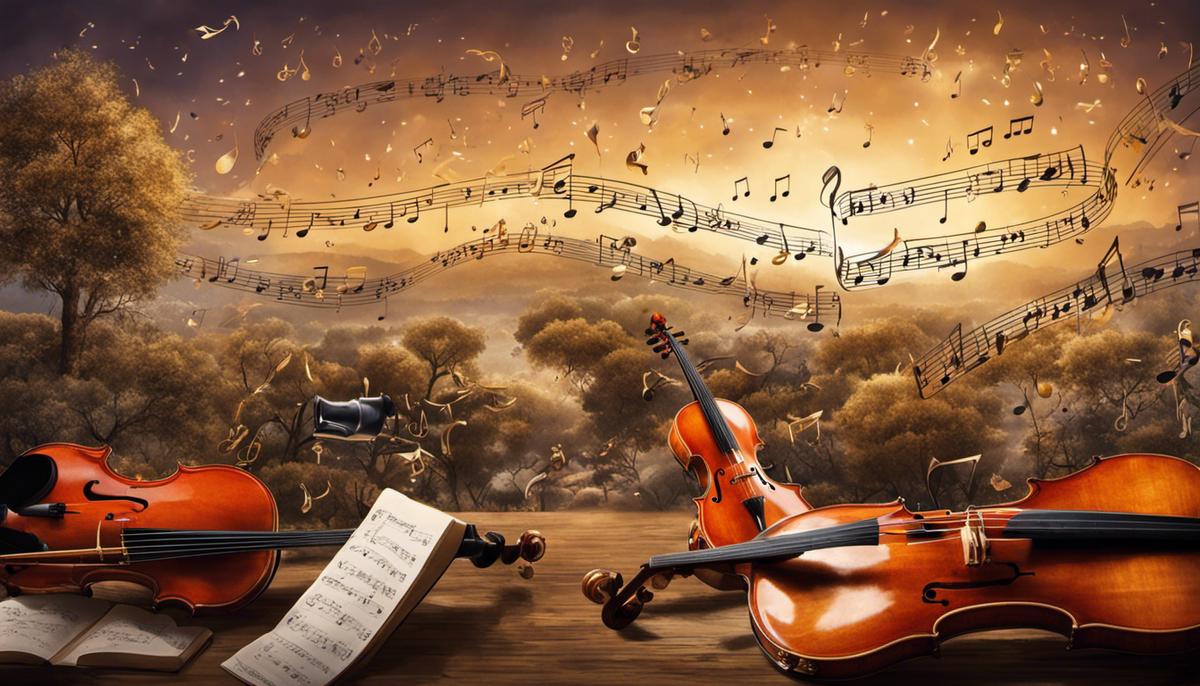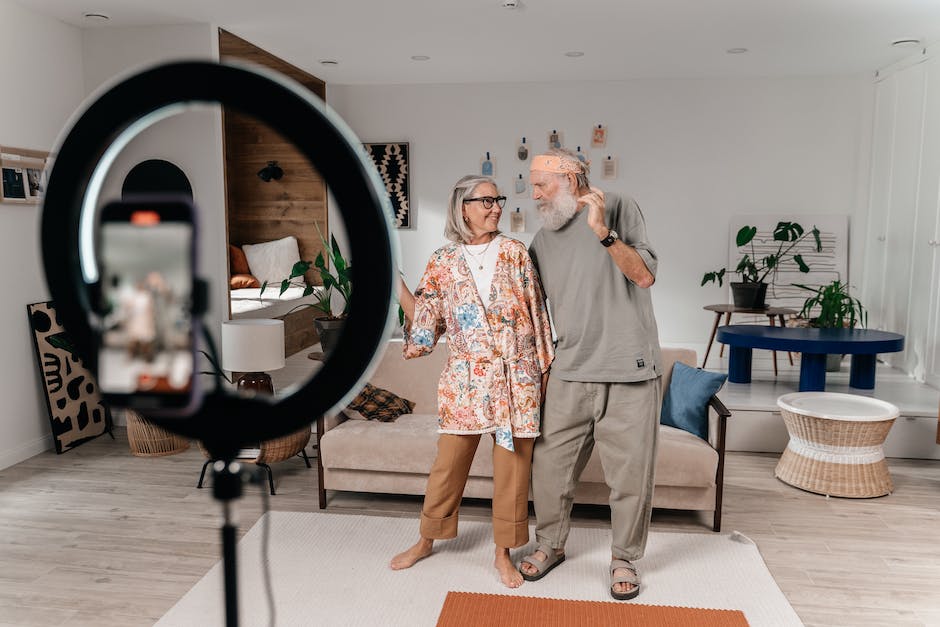In the artistry of sound recoding, finesse and attention to detail are as important as the technical equipment used to capture and relay the melody and rhythm. It’s a world that can seem overwhelming, teeming with pitfalls and pedantic details that could deter a novice or even the most tenacious of enthusiasts. However, experience teaches us that knowing what to avoid can often be more effective than knowing what to do. Within the realm of music recording, the seemingly insignificant factors such as room acoustics, compression dominance, and recording loudness carry considerable weight in determining the quality of your end product. This discourse explores the ten most common mistakes encountered in the recording process and thoughtful solutions to circumvent them.
The Bane of Over-Compression
The masterful brilliance of music lies in its raw power, its ability to evoke a gut-wrenching emotional response with just a few harmonious notes strung together. Consider a symphony. An orchestra poised with a multitude of instruments, each bursting with the potential to create an auditory allure that’s as complex as the human experience. This complexity, with all its peaks and valleys, quiet whispers and roaring crescendos, can get lost when music is over-compressed.
To understand the essence of over-compression, imagine a breathtaking landscape. Now envision viewing that landscape through a grainy, pixelated photograph. The technique of audio compression is not inherently harmful. In fact, it’s a crucial tool in the sound engineer’s arsenal, a honed skill that can adeptly balance the dynamic range in a musical piece. The issue arises when we fall prey to the lure of the loudness war.
The loudness war is a relentless push in the music production industry to make music as loud as possible, often achieved through an overbearing level of compression. But why, you may wonder? To make it more prominent, more notable when played amongst other tracks. Like a star screeching for attention in a sky already ablaze with a million celestial bodies.
Decibels may spike, but the depth and nuance of the music often plunge into an abyss. Over-compression can rob music of its dynamic range, hurling the hushed whispers and powerful crescendos into a small, confined box. The melody begins to lose its soul. It’s like forcing the vastness of the Grand Canyon into a small fishbowl. Sure it’s contained, but what’s lost in the process is what makes it magical.
But don’t worry, this is not a portent of doom. The last decade has seen a turning tide against this incessant race for loudness; instead, there’s a surge towards quality. Remember, beauty often lies in the subtleties. In music, it’s the staccato notes lightly skipping over the ebb and flow of melody. It’s the haunting echoes of a guitar riff that linger long after the song has reached its ultimate cadence. Each beat, every pause, and shift in volume is a throbbing heartbeat in the body of the song – it deserves to be heard, to be felt in its entirety.
While compression continues to have a pertinent role in the transformation of raw recordings into polished pieces, a prudent hand in its application is necessary. After all, it’s about striking the right chord between the powerful and the delicate, the high notes, and the quiet strumming at the fringes. This balance, when respected and nurtured, can transport you to the heart of the music, with every beat echoing the artist’s passion and your own resonating in perfect harmony. Bring back the dynamic range, those quiet whispers and roaring crescendos, and allow music to breathe, to pulse, to make you feel alive. Yes! That’s what music should do – ignite your spirit and stir your soul. Because when every note matters, music becomes a symphony magnifique.

The Ill Advise of Recording Too Loud
Nothing unites people from all walks of life like music; it’s the one universal language everyone can understand. But as much as we all adore the thrum of a bass guitar, the heart-stirring croon of a lead vocalist, or the painted landscapes shaped by a composer’s mind, there’s growing concern about the titan of sound pressure we’re unleashing within our songs. From the recording studios’ sleek control rooms to the intricate stage setups of music festivals, are we being drawn into a dangerous dance with decibels?
The act of crafting sound is much like sculpting, gently chipping away at a block of marble until a masterpiece stands before you. Every note holds potential. Every silence paints a canvas of equilibrium. The process of recording involves understanding these elements and knowing their place within the symphony. But when we over-amplify the sound during the initial recording, it’s akin to placing that beautiful sculpture in front of a blinding spotlight. The real masterpiece is overshadowed; all we see are glaring highlights and harsh shadows, robbing audiences of the chance to fully appreciate the artist’s work.
Audio clipping is another casualty of this sonic arms race. This phenomenon manifests as distortion, rendering music as a sheer cacophony rather than a harmonious blend of tones. It’s not just the classical music aficionados or jazz purists who mourn this lack; even headbangers at rock concerts know when a delightful riff has turned into a dissonant roar. The desire to push the sound to its limits might seem riveting in theory, but the reality is often a lesser version of the true masterpiece.
Moreover, what’s becoming hard to ignore is how, in this quest for a louder sound, we’re risking our hearing health. Extending the toll beyond fidelity, sound engineers, musicians, and dedicated aficionados spend extended hours exposed to high decibel levels. Left unchecked, it’s a sure-fire recipe for tinnitus and noise-induced hearing loss. Hearing, once lost, is irreplaceable; it’s a high price to pay for a loudness that may not necessarily add value to the music experience.
While it’s crucial to explore the boundaries of sonic creativity, it’s as vital to prioritize the human aspect of music. After all, music is a shared experience; it’s vibratory patterns that connect hearts and minds across continents. Let’s honor this gift by appreciating the intricate dynamics of sound – the soft whispers of a violin solo, the gentle build-up of a rock anthem, the emotional eruption from a choir. The power of music lies not just in how loud it can get – but in its ability to touch souls, at any volume.

The Ignored Importance of Room Acoustics
Stepping into the depths of sound – it’s a thrilling adventure into the recesses of sonic timbre and tonal landscapes. Like a painter delicately applying meticulously mixed hues against a blank canvas, music creators weave sounds into symphonies that engage, inspire, and connect.
Overlooking one central aspect in this intricate process, however, can be akin to viewing this painting through a murky glass. That aspect is the very space where the music is birthed – the recording room.
When joyous melodies pirouette through the air of a recording room, the room listens. It absorbs, reflects, and even manipulates those rhythms and harmonies that resonate within its boundaries. Do we, immersed in our acoustic pursuits, ever stop to listen back?
The acoustics of our recording room can subtly yet significantly affect the atmosphere and, indeed, the soul of the production. It is like an invisible hand that gently cradles the notes, caresses the harmonies, and guides the dynamics towards musical fruition.
Material, size, shape, and furnishings within a room can twist the ebb and flow of sound waves, nudging them into places where they bounce, echo, and eventually shape your music’s final sound. An undisciplined echo, an offending frequency, or a belligerent bass might all originate not from the music itself but from the room serving as the performance’s stage.
It isn’t a war against reverberation or an attempt to quell the rogue echo. It’s about understanding and harnessing the power of space, tapping into the veins of resonance and timbre that flow through the anatomy of your recording room. Our spaces breathe with us, their every inhalation and exhalation in sync with the rhythm of our melodies.
In our pursuit to protect the essence of music from becoming a casualty in the loudness war, are we possibly neglecting another battlefront right in our recording rooms? As we contemplate the organic beauty of sound, its nuanced echo in our spaces, and the phenomenal auditory experiences they can create, let’s lend our ears to the silent song sung by our recording rooms. Only then might we truly bring our music to life with the soulful authenticity it deserves.
In the end, music is emotion. Its power to stir hearts is unparalleled. And perhaps, it’s time to acknowledge that the symphony we create isn’t just nurtured by our musical intentions and skills, but also by the often overlooked acoustics of our cherished recording room.
Listen. Experiment. Understand. Let our rooms sing back to us as we explore this incredible sonic journey. Because when we create music, every note and its echo matters.

As artists and hobbyists, the perception of mistakes can often feel counterproductive, holding us back from realizing our full creative potential. Yet, overcoming these mistakes is a journey well worth embarking on, as it can significantly improve the end result, while enriching our understanding and enjoyment of the recording process. Thus, by adopting a balanced approach to compression, monitoring the loudness during recording, and giving due consideration to room acoustics, we can steer clear of the more common recording pitfalls. In doing so, we empower ourselves to create productions that are rich in dynamic expression and devoid of artificial constraints, ultimately resonating with our listeners on a deeper, more meaningful level.

Comments.
Currently there are no comments related to this article. You have a special honor to be the first commenter. Thanks!